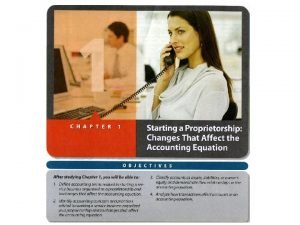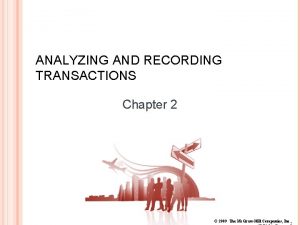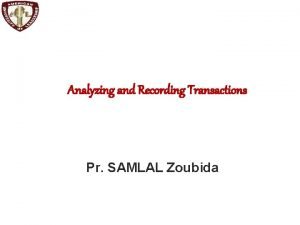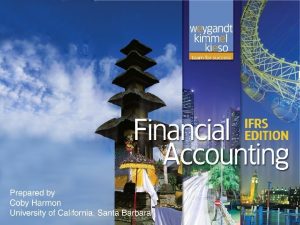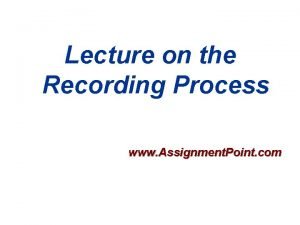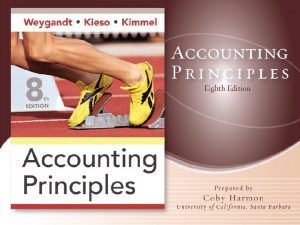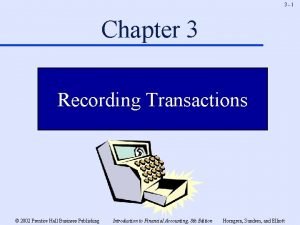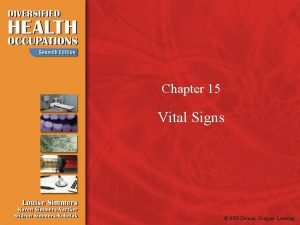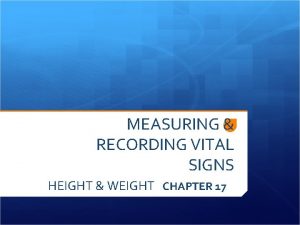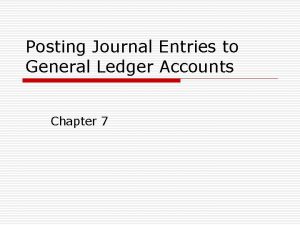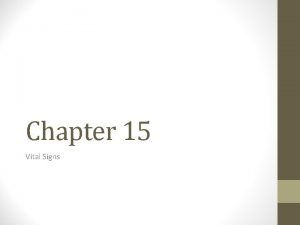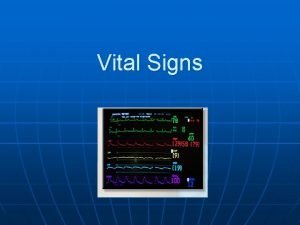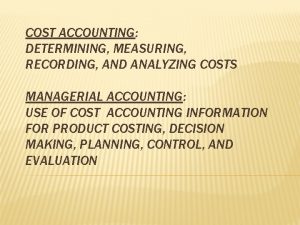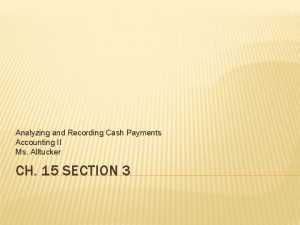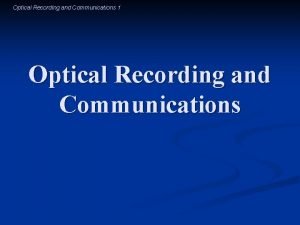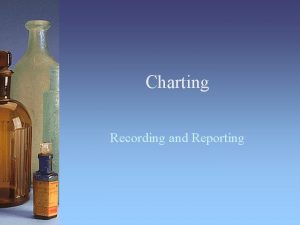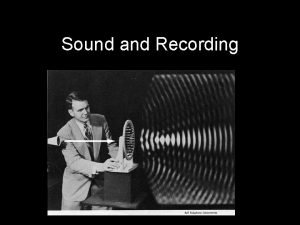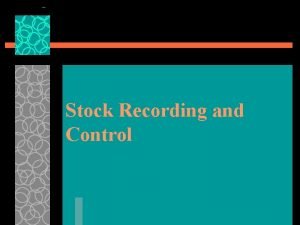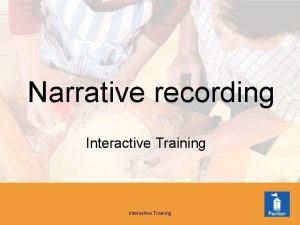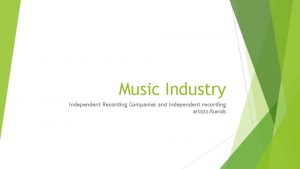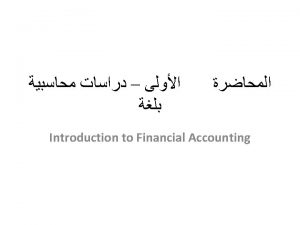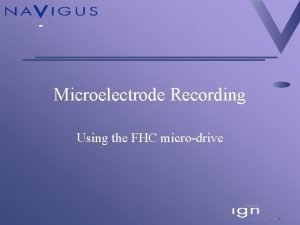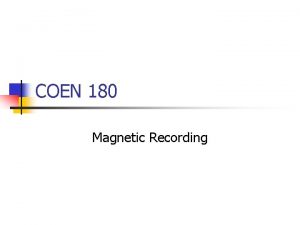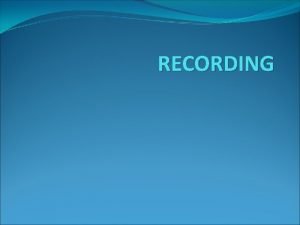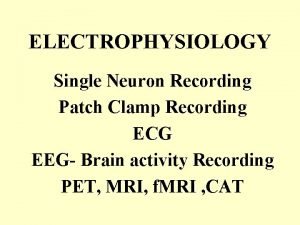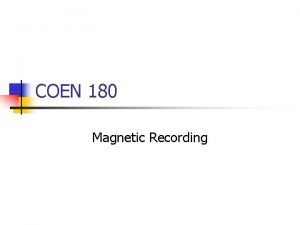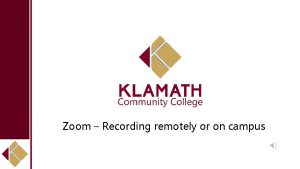What is Accounting Accounting Planning recording analyzing and




















- Slides: 20


What is Accounting? • Accounting – Planning, recording, analyzing, and interpreting financial information • Accounting System – A planned process for providing financial information that will be useful to management

What is Accounting? • Accounting Records Organized summaries of a business’s financial activities • Financial Statements – Financial Reports that summarize the financial condition and operations of a business

THE BUSINESS – TECHKNOW CONSULTING • Service Business – Performs an activity for a fee • Ex: Mc. Donald’s cooks your food for you • Proprietorship (Sole Proprietorship) – A business owned by one person

( BUSINESS STRUCTURES ) Forming and Dissolving a Proprietorship Critical Thinking 1. Why do you think more businesses are organized as proprietorships than any other form of business organization? 2. What kinds of people do you think would be most successful as owners of a proprietorship?

The Accounting Equation Assets Left side amount $0 = Liabilities + Owner’s Equity Right side amount = $0 + $0 • Asset – Anything of value owned by a business • Equities – Financial rights to the assets of the business • Liability – Any amount owed by a business

• Owner’s Equity – The amount remaining after the value of all liabilities is subtracted from the value of all assets • Accounting Equation – Equation showing the relationship among assets, liabilities and owner’s equity

( CHARACTER COUNTS ) Accounting Scandals Rock the Financial World • Ethics – The principles of right and wrong that guide an individual in making decisions • Business Ethics – The use of ethics in making business decisions

End of Lesson REVIEW WORK TOGETHER 1 -1 Completing The Accounting Equation Assets = Liabilities + Owner’s Equity ______ 11, 000 = 3, 000 + 10, 000 = _______ 4, 000 + 63, 000 = 35, 000 + 8, 000 6, 000 ______ 28, 000

Receiving Cash Assets Cash $0 = Liabilities = Owner’s Equity Kim Park, Capital $0 + $ 5, 000 + $0 + $ 5, 000 $0 $ 5, 000

• Transaction – Business activity that changes assets, liabilities, or owner’s equity • Account – Record summarizing all information pertaining to a single item in the accounting equation • Account Title – The name given to an account • Account Balance – The amount/value in an account • Capital – Account used to summarize the owner’s equity

Paying Cash Assets = Liabilities $0 + 275 $ 4, 725 - 1, 200 $ 275 $ 3, 525 $ 275 $0 Owner’s Equity Kim Park, Capital Cash + Supplies + Prepaid = Insurance $ 5, 000 - 275 + $0 $ 5, 000 $0 + 1, 200 $0 $ 5, 000 $1, 200 $0 $ 5, 000

Transactions on Account Assets = Cash + Supplies + Prepaid = Insurance Liabilities Accts. Pay. + Supply Depot + Owner’s Equity Kim Park, Capital $3, 525 $ 275 + 500 $1, 200 $0 + 500 $ 5, 000 $3, 525 - 300 $ 775 $1, 200 $ 500 - 300 $ 5, 000 $3, 225 $ 775 $1, 200 $ 5, 000

End of Lesson REVIEW WORK TOGETHER 1 -2 Determining how transactions change an accounting equation Trans. No. Assets 1. + 2. + 3. 4. = Liabilities - Owner’s Equity + + -

REVENUE TRANSACTIONS Assets = A/R Cash +Oakdale + Supplies + Prepaid = School Insurance Liabilities A/P Supply Depot + + Owner’s Equity Kim Park, Capital $3, 225 + 295 $0 $ 775 $1, 200 $ 5, 000 + 295 (revenue) $3, 520 $0 + 350 $ 775 $1, 200 $ 5, 295 + 350 (revenue) $3, 520 $ 350 $ 775 $1, 200 $ 5, 645 Total of left side: $3, 520 + $350 + $775 + $1, 200 = $5, 845 Total of right side: $200 + $5, 645 = $5, 845

• Revenue – Increase in owner’s equity resulting from the operation of the business • Sale on Account – Sale for which cash will be received at a later date • Expense – Decrease in owner’s equity resulting from the operation of a business • Withdrawals – Assets taken out of a business for the owner’s personal use

EXPENSE TRANSACTIONS Assets = A/R Cash + Oakdale +Supplies + Prepaid = School Insurance Liabilities A/P Supply Depot + Owner’s Equity + Kim Park, Capital $3, 520 - 300 $ 350 $ 775 $1, 200 $ 5, 645 - 300 (expense) $3, 220 $ 350 $ 775 $1, 200 $ 5, 345 - 40 (expense) $3, 180 $350 $ 775 $1, 200 $ 5, 305 - 40 Total of left side: $3, 180 + $350 + $ 775 + $1, 200 = $ 5, 505 Total of right side: $ 200 + $ 5, 305 = $ 5, 505

OTHER CASH TRANSACTIONS = Liabilities A/R Cash +Oakdale + Supplies + Prepaid = School Insurance A/P Supply Depot Assets + Owner’s Equity + Kim Park, Capital $3, 180 + 200 $350 - 200 $ 775 $1, 200 $ 5, 305 $3, 380 - 125 $150 $ 775 $1, 200 $ 5, 305 - 125 (withdrawal) $3, 255 $150 $ 775 $1, 200 $ 5, 180 Total of left side: $3, 255 + $150 + $ 775 + $1, 200 = $5, 380 Total of right side: $ 200 + $ 5, 180 = $ 5, 380

End of Lesson REVIEW WORK TOGETHER 1 -3 Determining how transactions change an accounting equation Trans. No. 1. Assets Cash + + 2. 3. Accts. Rec – + Supplies Bowman Co. + 4. + 5. - = Liabilities + Owner’s Equity + Prepaid Insurance = Accts. Pay. Susan Sanders, + Maxwell Co. Capital + + - -

( EXPLORE ACCOUNTING ) • Standards and rules accountants follow while recording and reporting financial activities. Written by FASB • Why is it necessary? • Users of financial statements rely on the information those statements contain. • Consistent methods allow users to be confident of the information’s validity.
 Planning recording analyzing and interpreting
Planning recording analyzing and interpreting Analyzing and recording transactions
Analyzing and recording transactions Analyzing and recording transactions
Analyzing and recording transactions Analyzing transactions
Analyzing transactions Recording process in accounting
Recording process in accounting Recording process accounting
Recording process accounting Chapter 2 the recording process
Chapter 2 the recording process Recording in accounting process
Recording in accounting process Inactivism planning
Inactivism planning Short term planning and long term planning
Short term planning and long term planning Language policy and planning ppt
Language policy and planning ppt Unit 14:7 measuring and recording blood pressure
Unit 14:7 measuring and recording blood pressure Test chapter 16 vital signs
Test chapter 16 vital signs Chapter 16:7 measuring and recording blood pressure
Chapter 16:7 measuring and recording blood pressure Chapter 15:6 measuring and recording apical pulse
Chapter 15:6 measuring and recording apical pulse Chapter 21:1 measuring/recording height and weight
Chapter 21:1 measuring/recording height and weight Posting journal entries to general ledger accounts
Posting journal entries to general ledger accounts Graphing tpr
Graphing tpr Six reasons why a bank may dishonor a check
Six reasons why a bank may dishonor a check Recording income and expenditure
Recording income and expenditure Measuring and recording temperature
Measuring and recording temperature
